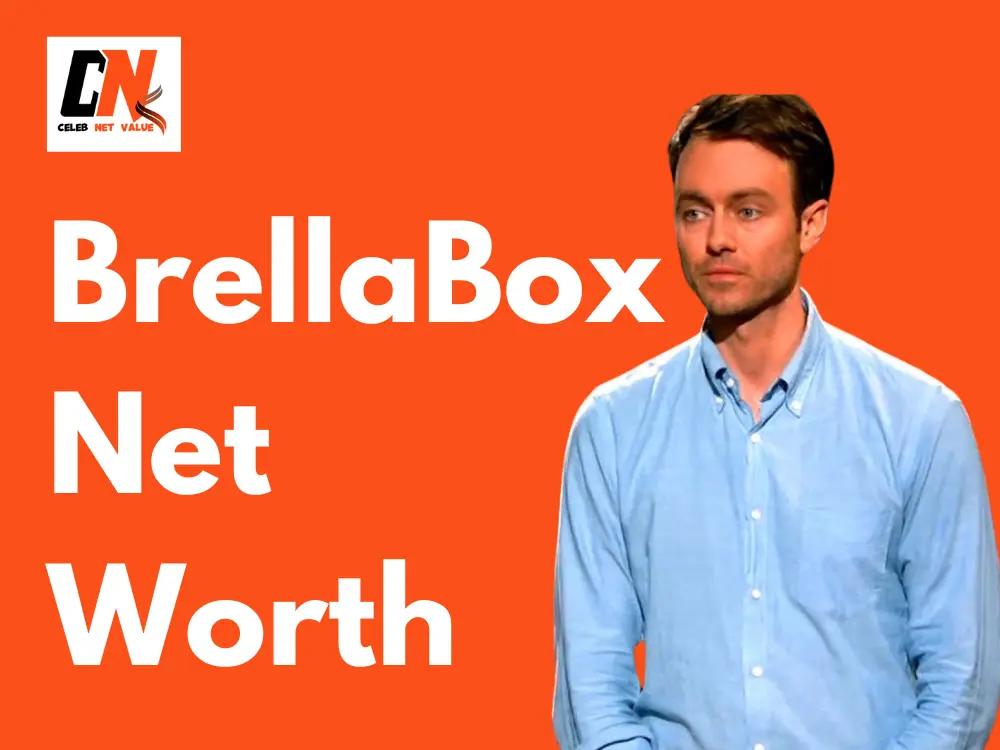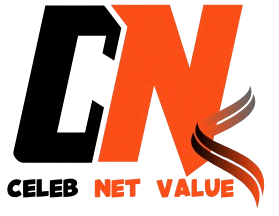
Who is BrellaBox?
BrellaBox was a startup founded by John and Anusha, two young entrepreneurs who aimed to revolutionize how people access umbrellas. The idea was inspired by bike-sharing programs, with sleek kiosks strategically placed in cities and campuses where people could rent umbrellas for $1.50 per 12 hours. In this blog, we will discuss BrellaBox net worth in detail.
BrellaBox sought to reduce environmental waste from disposable umbrellas by offering a reusable alternative.
Users who didn’t return the umbrellas faced a $40 fee. The business aimed to place kiosks in high-traffic areas, such as hospitals and university campuses, making it easy for people to rent an umbrella during unexpected weather. The founders hoped to provide a sustainable and convenient solution for city dwellers while generating revenue through umbrella rentals and advertising. Exploring BrellaBox net worth can provide valuable insights into his economic lifestyle and decisions.
BrellaBox net worth analysis
When the company appeared on “Shark Tank,” the BrellaBox net worth was $2 million based on John and Anusha’s request for a $400,000 investment in exchange for a 20% equity stake.
| Year | BrellaBox Net Worth | Details |
| 2015 | $2,000,000 (Initial Valuation) | BrellaBox valued at $2 million during its appearance on “Shark Tank.” The valuation was based on the founders’ pitch, market potential, and projected growth. |
| 2016 | $1,800,000 | Minor progress made, but challenges emerged, including high kiosk production costs and initial deployment struggles. Some institutions showed interest, but adoption was slow. |
| 2017 | $1,200,000 | Revenue grew slightly from limited kiosk deployments, but overall growth was hindered by high operational costs and low consumer adoption. Concerns about profitability increased. |
| 2018 | $800,000 | Continued struggles with cost management and limited scalability led to decreased investor confidence. Umbrella theft issues contributed to financial losses. |
| 2019 | $500,000 | Attempts to pivot and improve business model were unsuccessful. Limited additional funding and continued operational challenges led to a further decline in net worth. |
| 2020 | $200,000 | The company continued to lose money, with kiosks underperforming. The founders began considering shutting down operations. BrellaBox’s presence diminished significantly. |
| 2021 | $0 (Company Closure) | BrellaBox went out of business, unable to sustain operations. Remaining assets were likely liquidated to pay off debts, leaving the company with no net worth. |
The Shark Tank Experience
John and Anusha pitched BrellaBox on “Shark Tank” seeking $400,000 for a 20% stake. The sharks were intrigued but concerned about the viability of the business model. Mark Cuban, one of the sharks, questioned the market size, theft risks, and demand.
John explained that each kiosk cost $1,150 for a small batch but could drop to $975 per unit with larger orders. The revenue-sharing model gave 85% to institutions hosting kiosks, leaving BrellaBox with 15%. Additionally, they planned to generate income through advertising on umbrellas and kiosks. Despite these details, the sharks remained skeptical, citing high costs and the uncertainty of consumer interest. BrellaBox net worth not only current assets but also financial strategies and investments.
Revenue Sources for BrellaBox
BrellaBox had multiple revenue streams to support its business model. The primary source was the rental fees for umbrellas, charged at $1.50 per 12-hour period. If users failed to return an umbrella, a $40 fee was charged to deter theft and cover replacement costs.
Additionally, BrellaBox entered into revenue-sharing agreements with institutions hosting the kiosks, where 85% of the rental revenue went to the institution and 15% to BrellaBox. Another potential income source was advertising. The company offered space on the umbrellas and kiosks for advertisements, aiming to boost overall profitability by partnering with brands interested in exposure at high-traffic locations.
Challenges Faced by BrellaBox
After their “Shark Tank” appearance, John and Anusha tried to address concerns about BrellaBox’s sustainability. They aimed to lower kiosk production costs and mitigate umbrella theft risks. However, manufacturing costs remained high, limiting the number of kiosks deployed. This restriction hindered their ability to reach a broad audience.
Theft and misuse of umbrellas also persisted, causing significant financial losses. Additionally, consumer adoption was lower than expected. Many people preferred owning an umbrella, especially since basic umbrellas were cheap. The limited revenue from rentals, combined with high operational costs, prevented BrellaBox from achieving its financial goals and expanding its operations. BrellaBox net worth offers a snapshot of how effectively he has managed wealth and resources.
Lessons Learned from BrellaBox’s Journey
BrellaBox’s story offers critical lessons for entrepreneurs. First, market validation is essential. BrellaBox assumed high demand for umbrella rentals but found that many consumers preferred to own umbrellas. Thorough market research could have provided insight into consumer preferences. Cost management was another significant issue. The high cost of manufacturing and maintaining kiosks made profitability difficult.
Understanding consumer behavior is crucial BrellaBox misjudged people’s willingness to rent umbrellas. Scalability also posed a problem, as limited kiosk deployment restricted growth. Lastly, risk mitigation, especially regarding umbrella theft, was insufficient. These lessons are vital for startups, highlighting the importance of thorough planning and adaptability.
The following table outlines how BrellaBox likely spent its money based on the challenges and needs described:
| Category | Estimated Percentage of Total Spending | Details |
| Kiosk Manufacturing | 40% | Significant funds were spent on manufacturing the kiosks, with initial units costing $1,150 each, and attempts to reduce this cost in bulk orders. |
| Marketing and Advertising | 20% | Efforts to promote the service, including advertising on umbrellas and kiosks, and campaigns to attract users and secure kiosk placements. |
| Research and Development | 15% | Developing and refining the kiosk design, software, and tracking systems to reduce theft and improve user experience. |
| Operational Costs | 15% | Expenses related to day-to-day operations, including staffing, maintenance of kiosks, logistics, and customer service. |
| Institutional Partnerships | 5% | Costs associated with establishing and maintaining partnerships with universities, hospitals, and other institutions hosting kiosks. |
| Legal and Administrative | 5% | Legal fees, administrative costs, and other regulatory compliance expenses. |
Conclusion
BrellaBox was an innovative attempt to create a new market for umbrella-sharing services, inspired by bike-sharing programs. Despite initial excitement, the company faced numerous challenges, including high costs, limited consumer adoption, and scalability issues. These problems ultimately led to BrellaBox’s downfall.
However, its story offers valuable lessons in market validation, cost management, understanding consumer behavior, scalability, and risk mitigation. While BrellaBox is no longer in business, the idea of umbrella-sharing services remains alive, with newer companies learning from BrellaBox experience to develop more sustainable and successful business models in the future. Analyzing BrellaBox net worth provides a comprehensive view of his financial journey and achievements.
Here are some FAQs about BrellaBox:
- What was BrellaBox? BrellaBox was a startup offering umbrella-sharing services through kiosks, aiming to reduce environmental waste from disposable umbrellas.
- How did BrellaBox generate revenue? Revenue came from umbrella rentals, late fees, and advertising on the umbrellas and kiosks.
- Why did BrellaBox fail? The company struggled with high operational costs, low consumer adoption, and challenges like umbrella theft, leading to its closure in 2021.
- What was BrellaBox’s valuation on “Shark Tank”? BrellaBox was valued at $2 million when the founders pitched on “Shark Tank,” seeking $400,000 for a 20% stake.
- What lessons can entrepreneurs learn from BrellaBox’s journey? BrellaBox’s story highlights the importance of market validation, cost management, understanding consumer behavior, and scalability.


